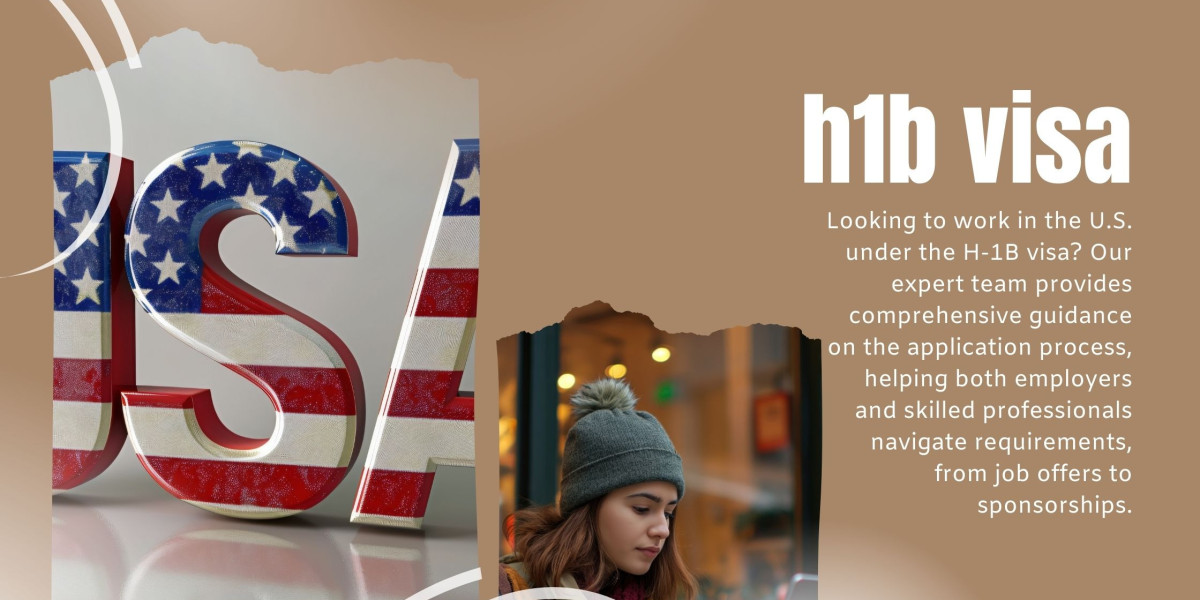The H-1B visa is a popular non-immigrant visa that allows U.S. employers to temporarily employ foreign workers in specialty occupations. If you're considering applying for an H-1B visa or sponsoring someone for one, it's crucial to understand the key H-1B visa requirements and process involved.
What is the H-1B Visa?
The H-1B visa is designed for foreign professionals who possess specialized knowledge and hold at least a bachelor’s degree or its equivalent. It allows U.S. companies to bring skilled workers into their workforce to fill positions that require specific expertise.
H-1B Visa Requirements
Job Offer from a U.S. Employer: The applicant must have a valid job offer from a U.S. employer for a role that qualifies as a specialty occupation. This means the job must require theoretical or technical expertise and a bachelor’s degree or higher in a relevant field.
Specialty Occupation: To qualify, the position must be in a field that necessitates specialized knowledge. Examples include IT, engineering, finance, and healthcare. The role should require at least a bachelor’s degree in the specific field of the job.
Educational Qualifications: Applicants must possess at least a bachelor’s degree or its equivalent in the field related to the job. The U.S. employer must demonstrate that the degree and qualifications are essential for the position.
Employer Sponsorship: For an H-1B visa, the U.S. employer must sponsor the applicant by filing a petition with the U.S. Citizenship and Immigration Services (USCIS). This involves submitting necessary documentation and proving that the job and candidate meet all H-1B visa requirements.
Labor Condition Application (LCA): Before filing the H-1B visa petition, the employer must obtain an LCA from the Department of Labor. The LCA certifies that the employer will pay the prevailing wage for the position and that working conditions will not adversely affect U.S. workers.
Application Process
Prepare Documentation: Gather all required documents, including proof of education, job offer letter, and any other evidence needed to support the visa application.
File LCA: Submit the Labor Condition Application to the Department of Labor and receive certification.
Submit Petition: The employer files the H-1B visa petition with USCIS, including the certified LCA and other supporting documents.
Await Decision: USCIS reviews the petition and may request additional information before making a decision. If approved, the applicant can then apply for an H-1B visa at a U.S. embassy or consulate.
Conclusion
The H-1B visa is a vital pathway for skilled professionals to work in the U.S., but navigating the H-1B visa requirements can be complex. Understanding the key H-1B visa requirements—such as having a job offer from a U.S. employer, meeting specialty occupation criteria, and obtaining necessary certifications—can help streamline the application process. For those seeking expert guidance, professional assistance is available to ensure that every step is handled efficiently and accurately.



